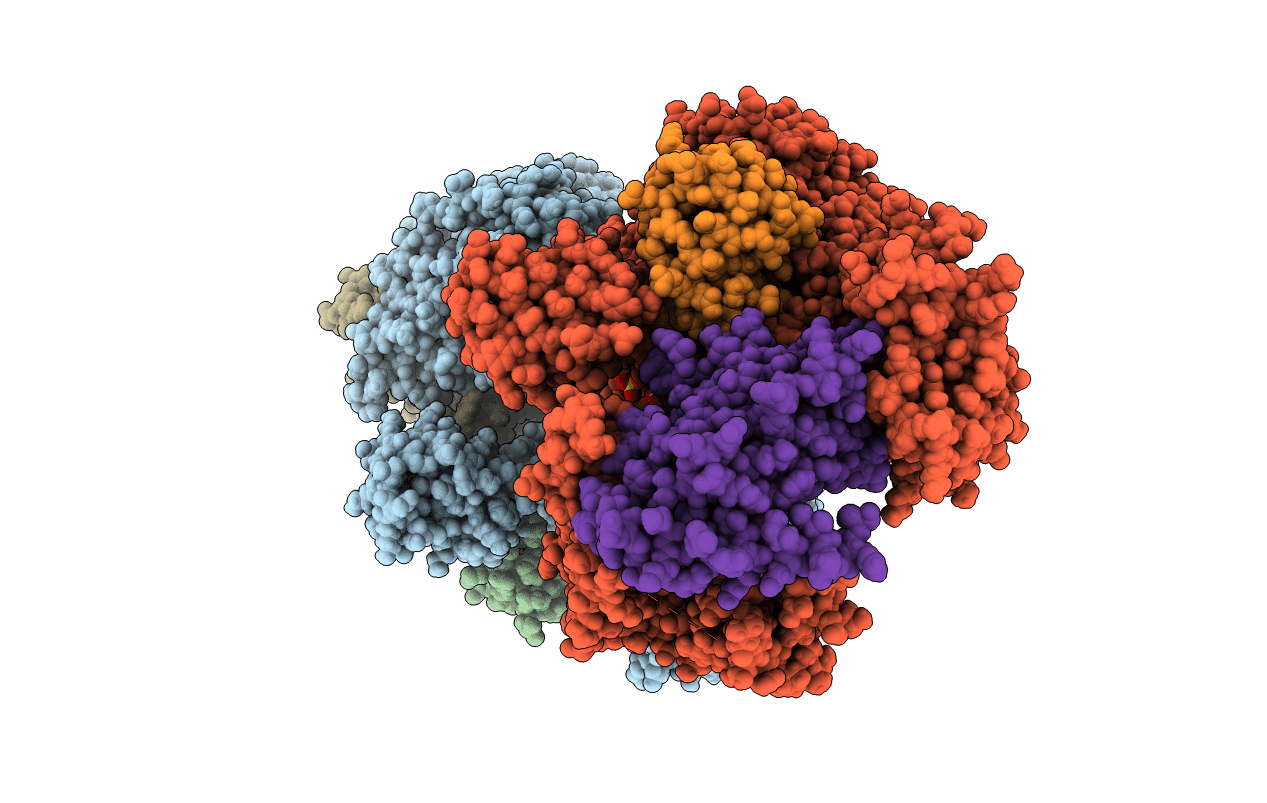
Deposition Date
2016-06-28
Release Date
2017-02-15
Last Version Date
2024-11-06
Entry Detail
PDB ID:
5KNL
Keywords:
Title:
Crystal structure of S. pombe ubiquitin E1 (Uba1) in complex with Ubc15 and ubiquitin
Biological Source:
Source Organism:
Schizosaccharomyces pombe (strain 972 / ATCC 24843) (Taxon ID: 284812)
Pseudozyma antarctica (Taxon ID: 84753)
Pseudozyma antarctica (Taxon ID: 84753)
Host Organism:
Method Details:
Experimental Method:
Resolution:
2.50 Å
R-Value Free:
0.25
R-Value Work:
0.21
R-Value Observed:
0.21
Space Group:
P 1


